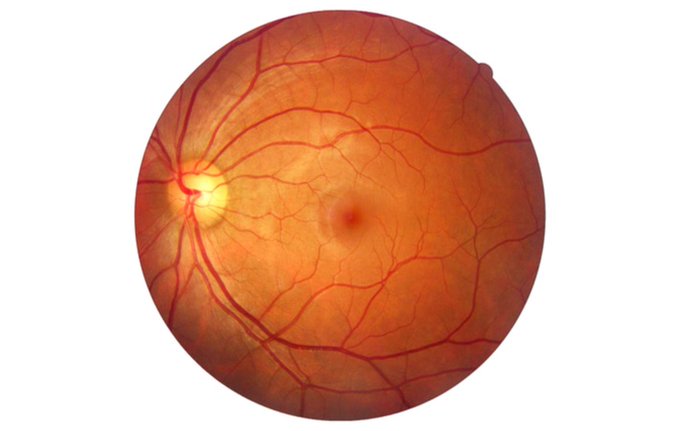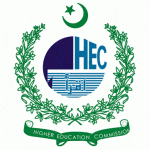
Dr. Abdul Ghafoor & his NUST team in collaboration with COMSATS university Islamabad proposed vessel extraction technique for retinal images using content-adaptive filters & achieved improved accuracy, preserved edges with minimum noise.
Retinal images are mostly low-light images, which are first processed for enhancement of light as well as for detail amplification. Illumination of low-light images is enhanced, and details are amplified using content-adaptive filters.
Also Read: Pakistan’s youngest author, Maryam Arif, has also published a research article on oncology
For extraction of vessels from retinal images, after low-light and detail enhancement, the B-cosfire filter is modified by including extraction of details and small elements, which may otherwise be ignored. A modified B-cosfire filter is used to extract vessels while minimizing false edges and halo artifacts.
The morphological opening is performed to crop vessels that are falsely segmented.
The technique is contrasted with other existing methods in terms of accuracy using publicly available datasets.
Also Read: A Look at the Research at ‘Centre of Excellence in Molecular Biology’
The proposed technique is tested on STARE, CHASE-DB1, and DRIVE databases. The outcome of the proposed procedure has better accuracy, preserved edges, minimum noise, and artifacts than the state-of-the-art techniques.
The research titled “A vessel segmentation technique for retinal images” was published in International Journal of Imaging systems and Technology / Wiley.
![]()

Bashir Ahmad is a medical student working as a freelance writer, graphic designer and social media manager for Pakscience, Scientia Pakistan and many other platforms. Tap on the social media links below to connect with him.




